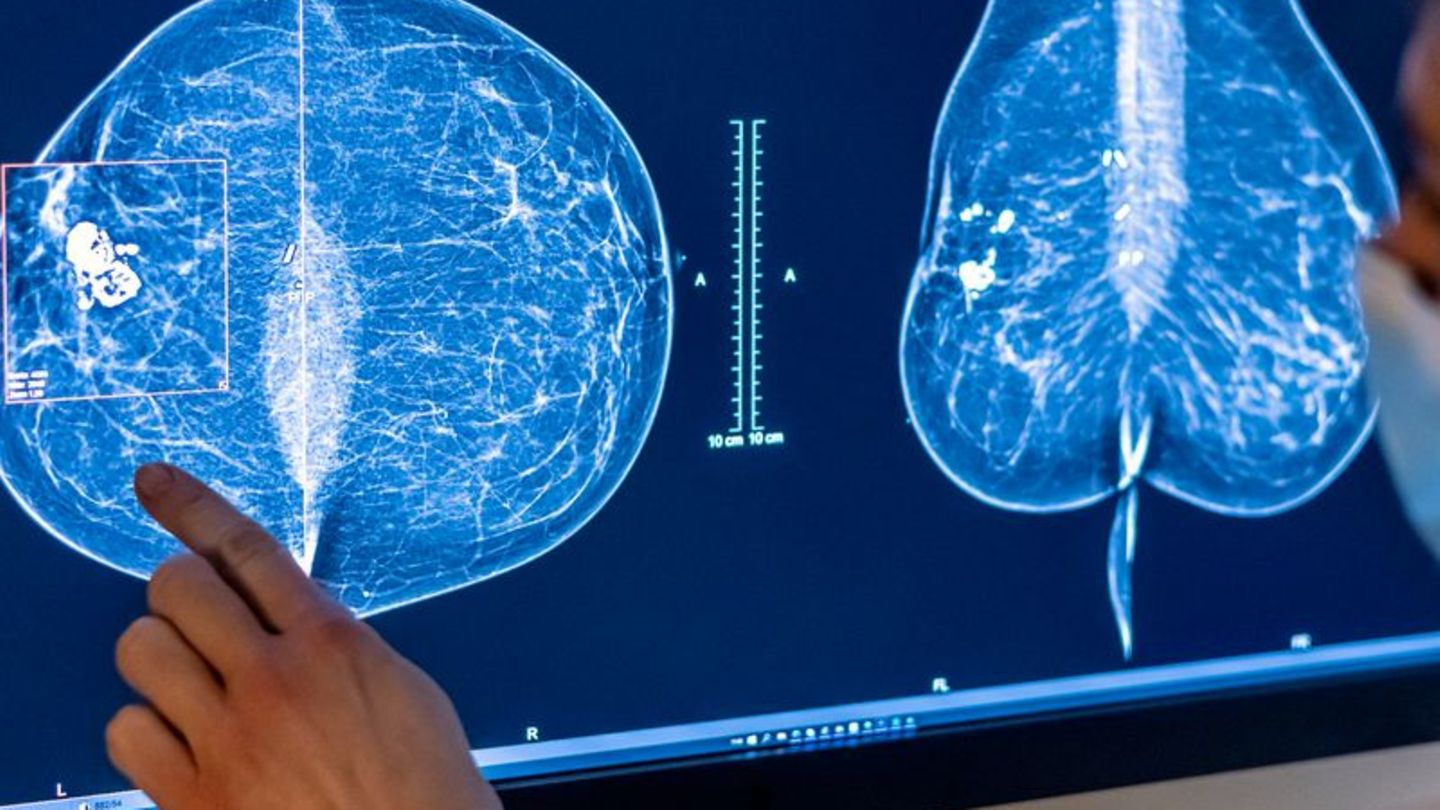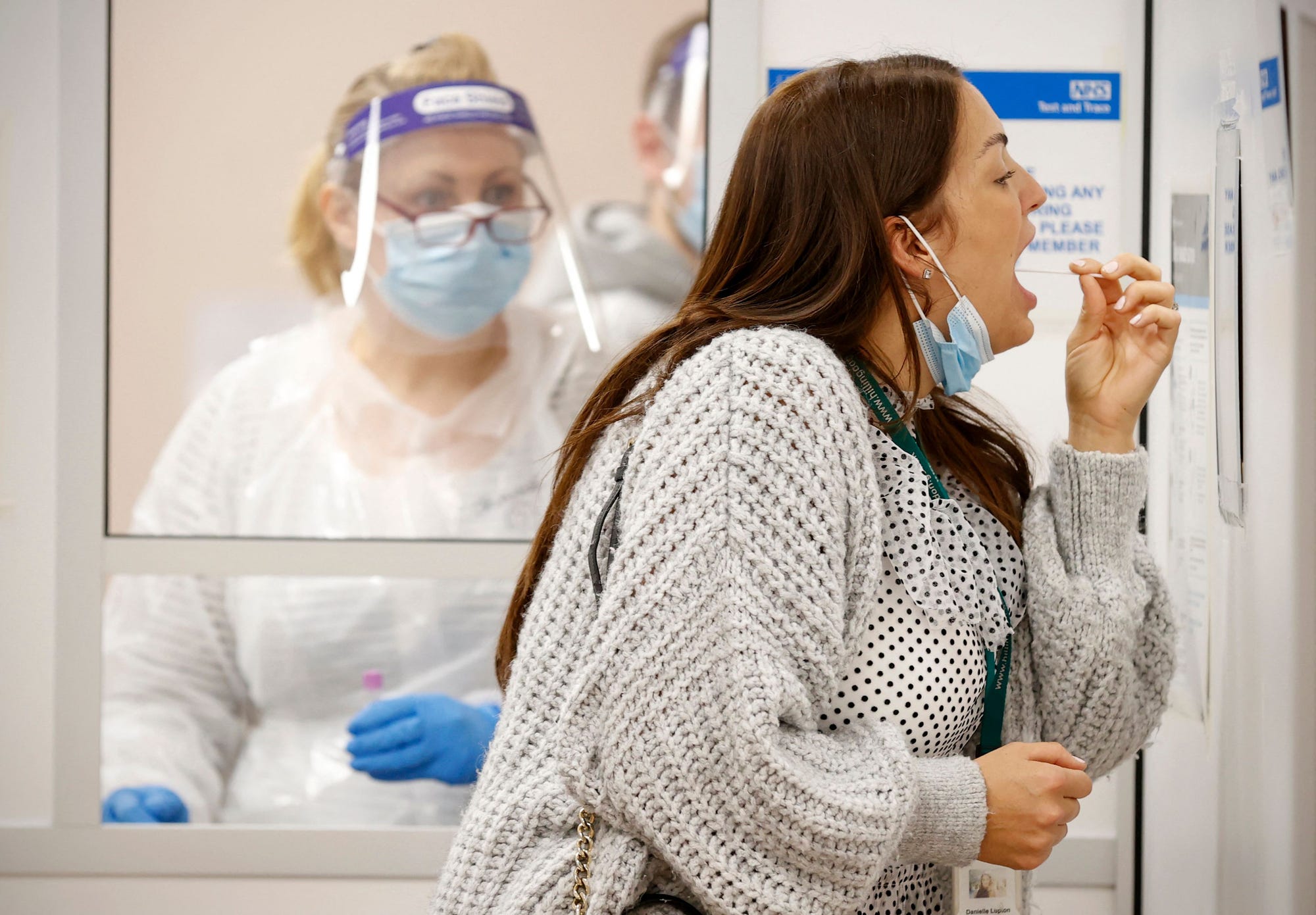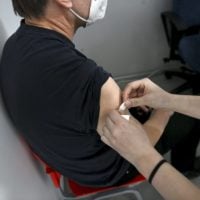A sore throat often appears to be one of the first symptoms of an oomicron infection – unlike a runny nose and cough in the other variants.
Patients in South Africa, the United Kingdom, and the United States have reported a sore throat that precedes the onset of other symptoms.
Unlike other types, Omikron can infect the throat in front of the nose, some experts say.
At the end of December, Dr. Jorge Moreno and colleagues in the Connecticut outpatient department have five patients infected with COVID-19 per day. “The situation has exploded,” Moreno said then, last week. On Monday, he said, the clinic counted nearly 100 patients with COVID-19, mainly due to the rapid spread of the Omicron variant. Several of these new patients reported the same condition: a dry sore throat that caused excruciating pain when swallowing and seemed to come before most other symptoms of COVID-19, such as a runny nose or cough.
“They’re very noticeable symptoms,” Moreno, MD, associate professor of medicine at Yale University School of Medicine, told Business Insider. “It’s not like a little tickle in the throat, patients say their throat feels really rough.”
Physicians in Norway, South Africa, and the United Kingdom have also identified sore throat or an itchy throat as a characteristic symptom of omicron. Typically Omicron patients report sore throats first, followed by a stuffy nose, dry cough and pain in the extremities, Ryan Nawash, chief executive of Discovery Health, South Africa’s largest private health insurer, said at a press conference in December.
Further studies also indicate this
On the other hand, Moreno said a sore throat often “accompanies sinus congestion and headache.” Data from the Zoe COVID Symptom Study, which uses a smartphone app to record how hundreds of thousands of people in the UK are feeling each day, suggests that a sore throat is a common early symptom of Omicron. In a December 22 video, study leader Tim Spector said that about 57 percent of people with Omicron developed a sore throat.
An analysis of an Omicron outbreak at a Christmas party in Norway found that 72 percent of those infected had a sore throat that lasted for an average of three days. Most patients were vaccinated with two doses of the mRNA vaccine.
Most patients are vaccinated in his clinic, according to Moreno, which explains why their symptoms are usually milder and relatively short-lived. “You can see that gradient and see how patients are performing based on their vaccination status,” Moreno said. For people who have been vaccinated, he said, “it’s almost like having a regular cold — sinus pain, sore throat.” “After a few days, they are ready to go back to exercise or go about their normal activities.
Omicron can infect the throat in front of the nose
Although strep throat was also common in vaccinated people with delta infection, this symptom appears to be more common in omicron infection. “In Omikron, we know that this variant appears to have a different set of symptoms than the other variants,” says Andy Pekos, a virologist at the Johns Hopkins Bloomberg School of Public Health. According to Pecos, when exposed to symptoms of Covid-19, many people reported a loss of smell in particular. “This does not seem to happen very often in Omikron. On the contrary, Omikron reported more coughing and scratching in the throat. These symptoms somewhat unusual for the variant” may reflect a change in the location where the virus infects the airways or the extent of infecting certain cells into the airways,” so the pecos continues.
Some pathologists suggest that Omicron can infect the throat before it infects the nose, while other species may prefer to implant in the nasal area first. “If many patients say they have an itchy throat, it is likely because that is where the highest concentration of the virus is at that time,” says Erin Petersen, professor of epidemiology at University College London.
In a small study published Wednesday by a team of US researchers, it was found that the viral load in saliva in oomicron infections peaked for a day or two before it peaked in a nasal swab. This may explain why rapid tests are more accurate if a throat swab is also done.
This text has been translated from English by Solveig Gode. Here you can find the original.
Read also

“Award-winning music trailblazer. Gamer. Lifelong alcohol enthusiast. Thinker. Passionate analyst.”








More Stories
Wimbledon 2025 goal – Boris Becker is no longer insolvent – Culture and Entertainment
Former tennis star: Wimbledon 2025 goal – Boris Becker is no longer insolvent – Entertainment
Former tennis star: Wimbledon 2025 goal – Boris Becker is no longer insolvent – Entertainment